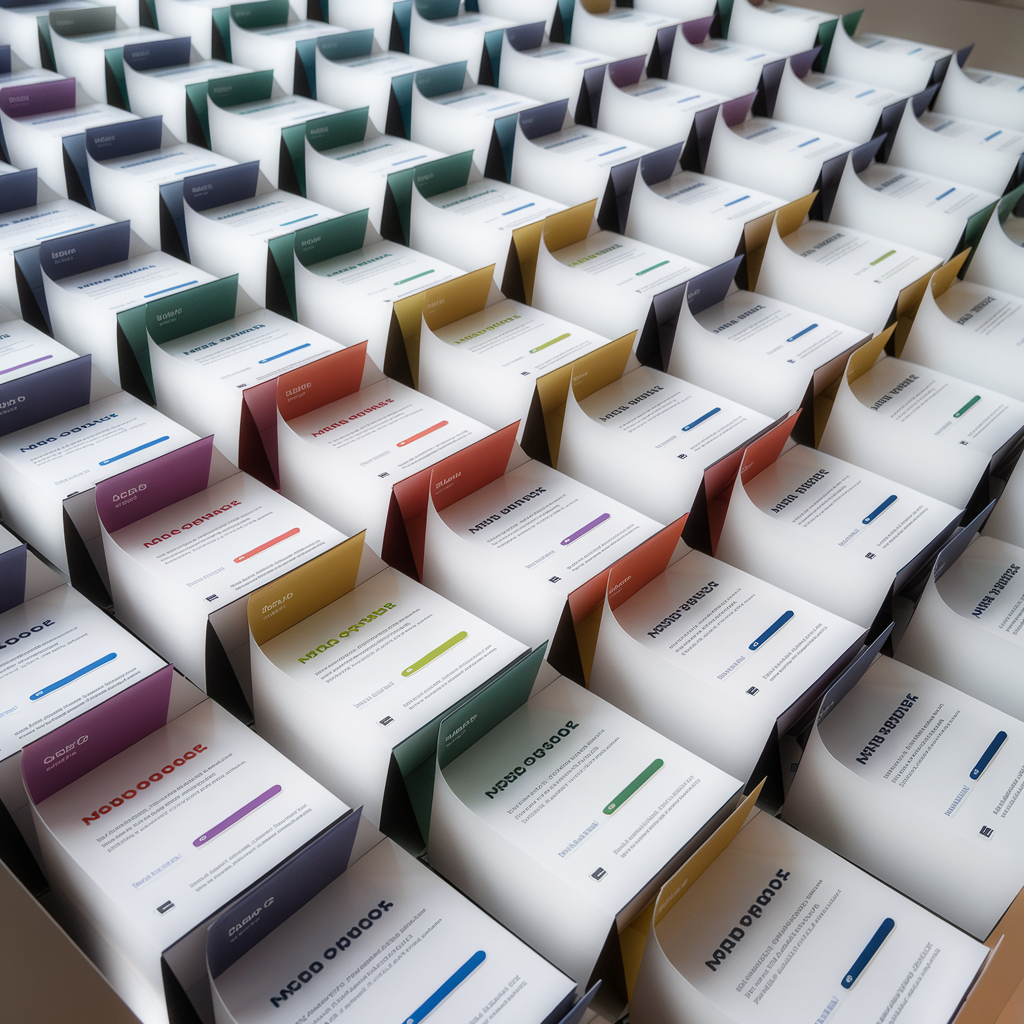In today’s fast-paced business world, efficiency is key. Many companies are turning to automated proposal templates to streamline their proposal writing process. But are they truly worth it? While automation offers speed and consistency, some worry about the potential loss of personalization and strategic thinking. Shaavir LLC takes a closer look at the benefits and drawbacks of automated proposal templates to help you make an informed decision.
1. What Are Automated Proposal Templates?
Automated proposal templates are pre-designed frameworks that allow businesses to create proposals quickly by using pre-written sections, AI-driven content suggestions, and customizable fields. These templates are often integrated into proposal software platforms that help generate professional proposals with minimal manual effort.
Key Features of Automated Proposal Templates:
✅ Pre-formatted sections for easy customization
✅ AI-assisted content generation
✅ Integrated branding and design elements
✅ Automated pricing and calculations
✅ Digital signatures and real-time collaboration
2. The Advantages of Using Automated Proposal Templates
Many businesses are embracing automation to improve efficiency and consistency in their proposal writing process. Here are some of the main benefits:
A. Saves Time and Increases Productivity
Manually drafting proposals from scratch can be time-consuming. Automated templates cut down the time spent on formatting and structuring, allowing teams to focus on strategy and client engagement.
B. Ensures Consistency and Professionalism
Standardized templates maintain brand consistency, ensuring that all proposals adhere to company guidelines and maintain a polished, professional appearance.
C. Reduces Errors and Improves Accuracy
Automated calculations, AI-driven proofreading, and built-in compliance checks reduce human errors, making proposals more accurate and reliable.
D. Enhances Collaboration and Workflow Efficiency
Proposal software platforms enable team collaboration in real time, allowing multiple contributors to work on different sections simultaneously.
3. The Downsides of Automated Proposal Templates
Despite the advantages, automated templates come with some challenges that businesses should consider.
A. Lack of Personalization
Generic templates may not fully capture the unique needs and pain points of each client, leading to less engaging and compelling proposals.
B. Over-Reliance on Automation
While automation speeds up the process, relying too much on AI-generated content may result in impersonal or robotic language that fails to resonate with the client.
C. Limited Customization in Some Platforms
Not all software offers full customization options, which may lead to rigid structures that don’t fit every proposal scenario.
4. How to Use Automated Proposal Templates Effectively
To maximize the benefits of automation while maintaining quality and personalization, follow these best practices:
✅ Customize Key Sections—Tailor the executive summary, client pain points, and solution overview to address specific needs.
✅ Use AI as a Support Tool, Not a Replacement—AI can help draft content, but human review ensures the proposal remains engaging and strategic.
✅ Incorporate Visuals and Branding—Enhance proposals with custom visuals, charts, and company branding to stand out.
✅ Test and Optimize—Regularly evaluate proposal success rates and refine templates based on performance insights.
5. Conclusion: Are Automated Proposal Templates Worth It?
The answer depends on your business needs. Automated proposal templates can be a game-changer for organizations looking to improve efficiency, reduce errors, and maintain professional consistency. However, to achieve maximum success, businesses should balance automation with strategic thinking and personalization.
At Shaavir LLC, we help businesses craft effective proposals by blending automation with tailored storytelling techniques. If you’re looking to upgrade your proposal strategy, contact us today!
